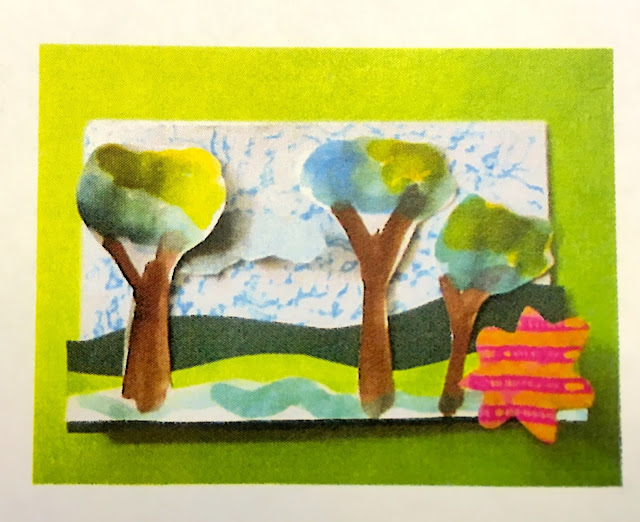This lesson designed by my colleague and Captain art teacher Maryellen Picker, follows the opening of our Architecture Studio.
What Kind Of A Building Would A Poet Live In?
Today we are talking about new ways to think and build in the architecture studio...
When my friend Maryellen's daughter Brynne was a little girl she would draw plans for rooms. She would draw on scraps of paper and Maryellen would find these little plans all over the house.
Today Brynne is a grown woman and lives in New York City. She is doing the same thing that she did when she was a little girl...she is designing spaces. She practiced a lot when she was young.
What do you like to practice?
You just might use those skills when you grow up!
An idea...
Maybe you can build something with a different concept/idea. Here are some questions:
What kind of a building would a poet live in?
How about a...
mountain climber
astronomer
chef
artist
musician
Benji is a student at Captain student. Look what Benji created...a home for a gardener. The inside was created to look like a big flower. There is a wide entrance with gates opening up to the flower inside.
What other kind of person can you think of?
Think about where this person's building would be ...woods, city, by the ocean, mountains. How many rooms, how many windows. Why? How will those rooms help them be who they are?
Some people are building tiny houses.
Why do you think they would want to do that?
What are the advantages and disadvantages?
Could you design one?
What is the advantage of a house on wheels?
You can draw your idea one day and build from your plan or blueprint the next art day.
We can display a photo from your building day with your drawing/plan/blueprint.
Could you draw a blueprint and make furniture for it that you could move around?





















































